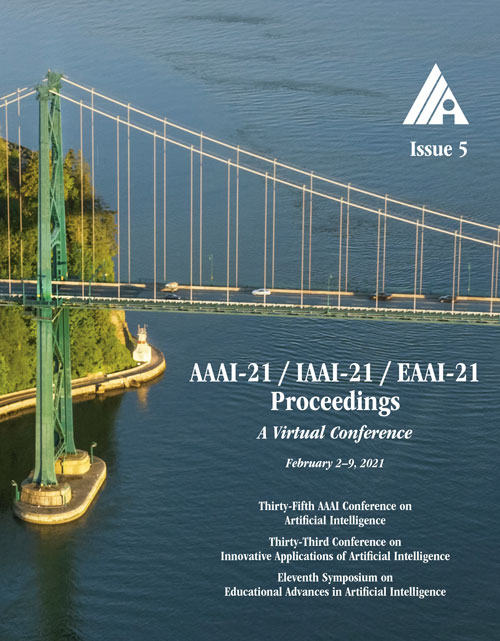Inductive Graph Neural Networks for Spatiotemporal Kriging
DOI:
https://doi.org/10.1609/aaai.v35i5.16575Keywords:
Mining of Spatial, Temporal or Spatio-Temporal Da, Transportation, Graph-based Machine LearningAbstract
Time series forecasting and spatiotemporal kriging are the two most important tasks in spatiotemporal data analysis. Recent research on graph neural networks has made substantial progress in time series forecasting, while little attention has been paid to the kriging problem---recovering signals for unsampled locations/sensors. Most existing scalable kriging methods (e.g., matrix/tensor completion) are transductive, and thus full retraining is required when we have a new sensor to interpolate. In this paper, we develop an Inductive Graph Neural Network Kriging (IGNNK) model to recover data for unsampled sensors on a network/graph structure. To generalize the effect of distance and reachability, we generate random subgraphs as samples and the corresponding adjacency matrix for each sample. By reconstructing all signals on each sample subgraph, IGNNK can effectively learn the spatial message passing mechanism. Empirical results on several real-world spatiotemporal datasets demonstrate the effectiveness of our model. In addition, we also find that the learned model can be successfully transferred to the same type of kriging tasks on an unseen dataset. Our results show that: 1) GNN is an efficient and effective tool for spatial kriging; 2) inductive GNNs can be trained using dynamic adjacency matrices; 3) a trained model can be transferred to new graph structures and 4) IGNNK can be used to generate virtual sensors.Downloads
Published
2021-05-18
How to Cite
Wu, Y., Zhuang, D., Labbe, A., & Sun, L. (2021). Inductive Graph Neural Networks for Spatiotemporal Kriging. Proceedings of the AAAI Conference on Artificial Intelligence, 35(5), 4478-4485. https://doi.org/10.1609/aaai.v35i5.16575
Issue
Section
AAAI Technical Track on Data Mining and Knowledge Management

